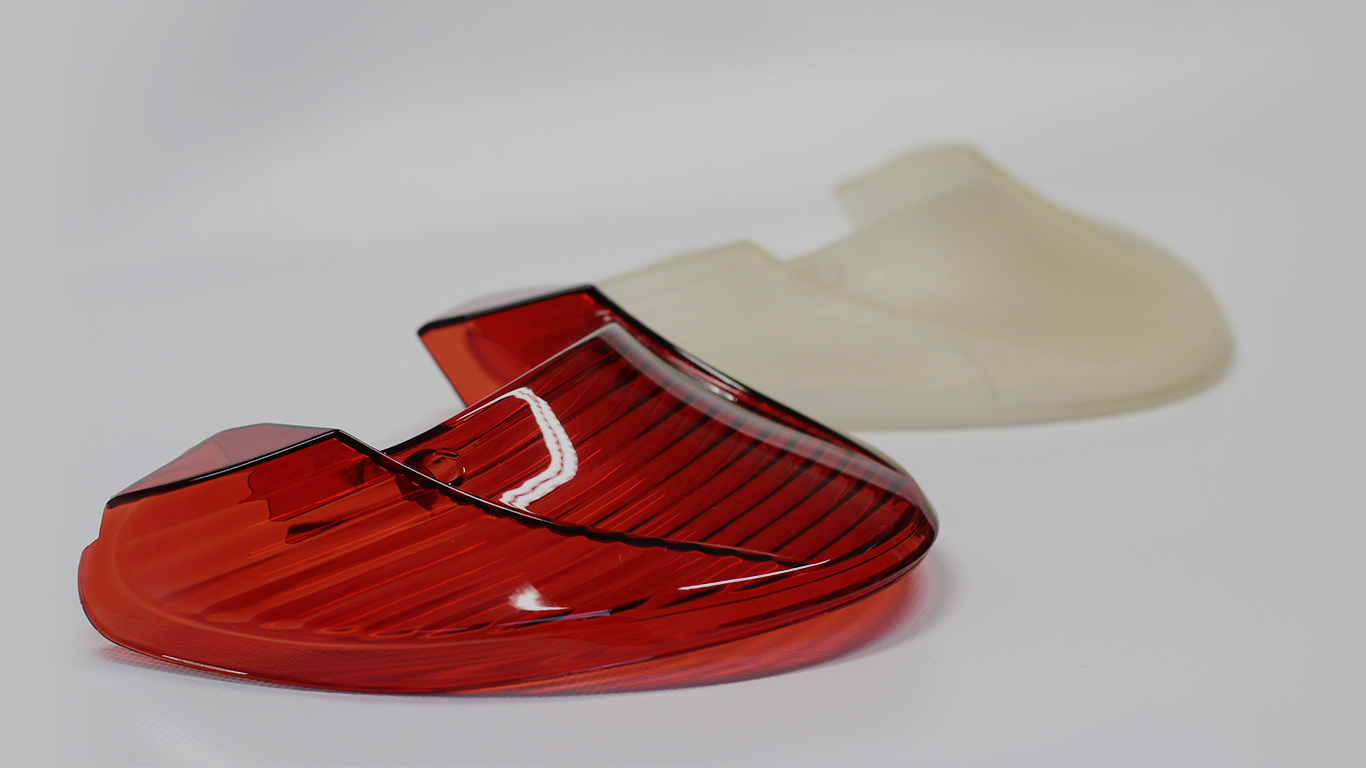Partec Srl
Via Costa Erta, 21
24020 – Parre (BG)
P.iva 02657020166
Tel: +39 035-705800
Fax: +39 035-705820
Email: info@partec.it

The vacuum casting is the technological process that has always been Partec’s core business. The corporate know-how of this technique is showed by gained skills and experience: Partec pays attention to every detail starting from the approach to the project up to the creation and finishing of the replicas. Together with the customer we define the materials, finishes, colors and performances that the prototypes must have.
The vacuum casting technology allows the production of small series of objects with aesthetic characteristics and dimensional precision extremely close to those of the definitive product. The difference, however, lies in the production times that are reduced to just ten days to obtain the first prototypes from the mold.
The materials with which these prototypes are made are resins, or polyurethane mixtures which, due to their physical properties, often come close to definitive plastic materials used in the injection molding. For each feature required in the creation of a replica, in order to subject the prototype to specific tests, Partec can propose an appropriate solution. The manufactured product made in this way can be used in functional verification tests, with the certainty of being able to evaluate the actual conditions of use of the product under different aspects.




























|

This technology is ideal when it is necessary to create more pieces or co-molded parts, made using two or more different materials in terms of color and technical properties. Co-molding is defined not only as a model in which two different resins coexist, but also a detail in which real inserts are placed during the casting of the resin (such as, for example, metal parts or threaded bushes).
The aesthetic aspect of the vacuum casting products isn’t to be underestimated: with the replicas by silicone mold we get much more than a mock-up, but rather a real finished piece with the surface finishes, the colors and the visual result are determined by the own customer decision.

The creation of replicas from a silicone mold is divided into several phases: during each step, Partec keeps the equipment and the models under control until all the finished details are obtained.
After the study and analysis of mathematics, a master is created by stereolithography. The piece obtained with this technique undergoes a dimensional control and aesthetic finishing operations so as to gain the same aspect that the replica offers. The master is then positioned to get the cast and is poured around the silicone to achieve the actual mold. After the solidification of the silicone, the mold can be cut; we proceed with the opening, extraction of the master and preparation for casting. One or more injection points are provided for each mold, through which the resin is drained into the mold. The resin is a mixture that fills the spaces of the mold through the casting channels. The mold with the resin poured inside is then left to cool until the resin has completely stiffened, so that we got the replica.
The silicone mold through repeated casting (up to a maximum of about 25 casting) provides to obtain small series of the same prototypes.